

Flowers to Plant in Summer for a Beautifully Blooming Garden
Summary
Reflection Questions
Journal Prompt
Creating a vibrant and thriving summer garden requires selecting flowers that can withstand the heat and still provide a burst of color throughout the season. Whether you’re a seasoned gardener or just starting, planting the right blooms in the summer ensures a beautiful display that will last until the first frost. In this guide, we’ll explore twelve showy flowers that are perfect for summer planting. Each of these flowers has been selected for its ability to thrive in warm conditions, its striking appearance, and its relatively easy care requirements. From the lush foliage of the sweet potato vine to the towering beauty of sunflowers, these plants will help you create a stunning garden that blooms all summer long.
12 Showy Blooms to Plant Now and Enjoy All Summer Long
Sweet Potato Vine
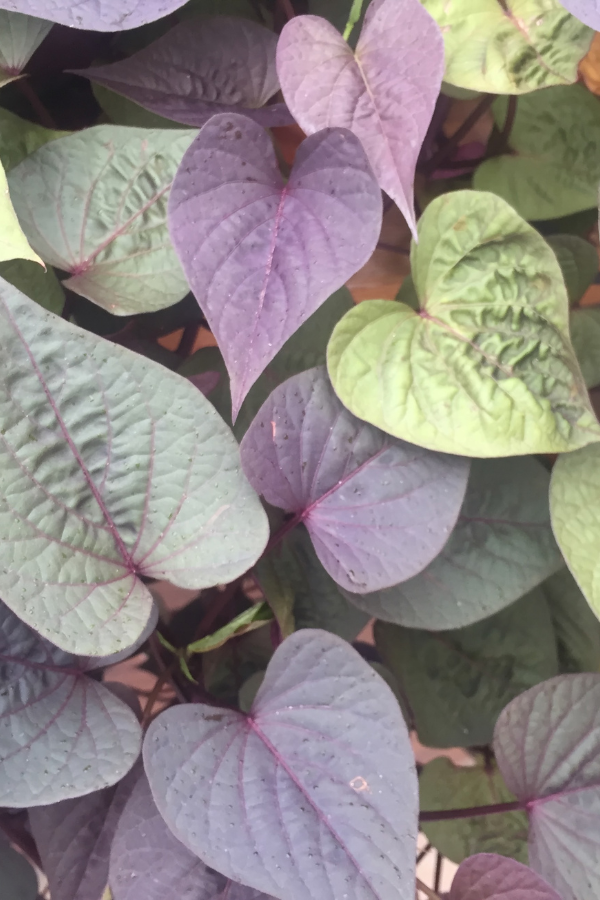

Sweet potato vines are known for their lush foliage, which can range from chartreuse to deep purple. They have heart-shaped or lobed leaves and can spread quickly, making them ideal for ground cover or cascading from containers. Plant these heat tolerant plants in late spring to early summer after the last frost. They thrive in well-drained soil and full sun to partial shade. Regular watering and occasional fertilization help them flourish. Companion plants include flowering annuals like petunias and marigolds. Avoid planting them with other vining plants that may compete for space and nutrients.
Sunflowers


Sunflowers are tall, sturdy plants with large, bright yellow blooms that follow the sun throughout the day. The dwarf varieties only grow to 36 inches tall, but the tallest sunflower varieties can grow to be 10 to 15 feet (120 to 180 inches) tall.
This summer flower should be planted in late spring, once the soil has warmed up. Sunflowers prefer full sun and well-drained soil. Water them deeply but infrequently to encourage strong root development. They grow well with companion plants like squash, beans, and corn, which can benefit from the shade and structure sunflowers provide. Avoid planting these warm season annuals near potatoes, as they can inhibit each other’s growth.
Marigolds
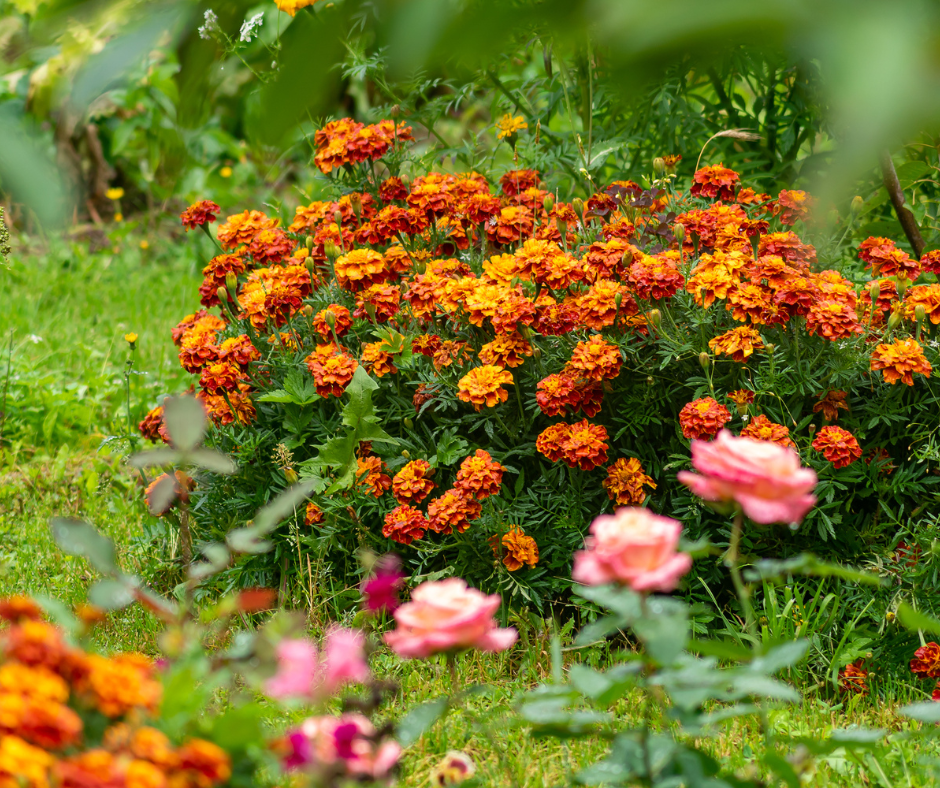

Marigolds are beloved for their vibrant yellow, bright orange, and deep red flowers, and their natural pest-repellent properties. Plant them in spring after the last frost. Marigolds thrive in full sun and well-drained soil, but can be placed in hanging baskets as well as directly in the ground. They require regular watering but can tolerate drought once established. Marigolds make excellent companions for vegetables such as tomatoes and peppers, helping to deter pests. Avoid planting them with beans, as marigolds can inhibit their growth, and be sure to remove spent flowers once they fall.
Zinnias
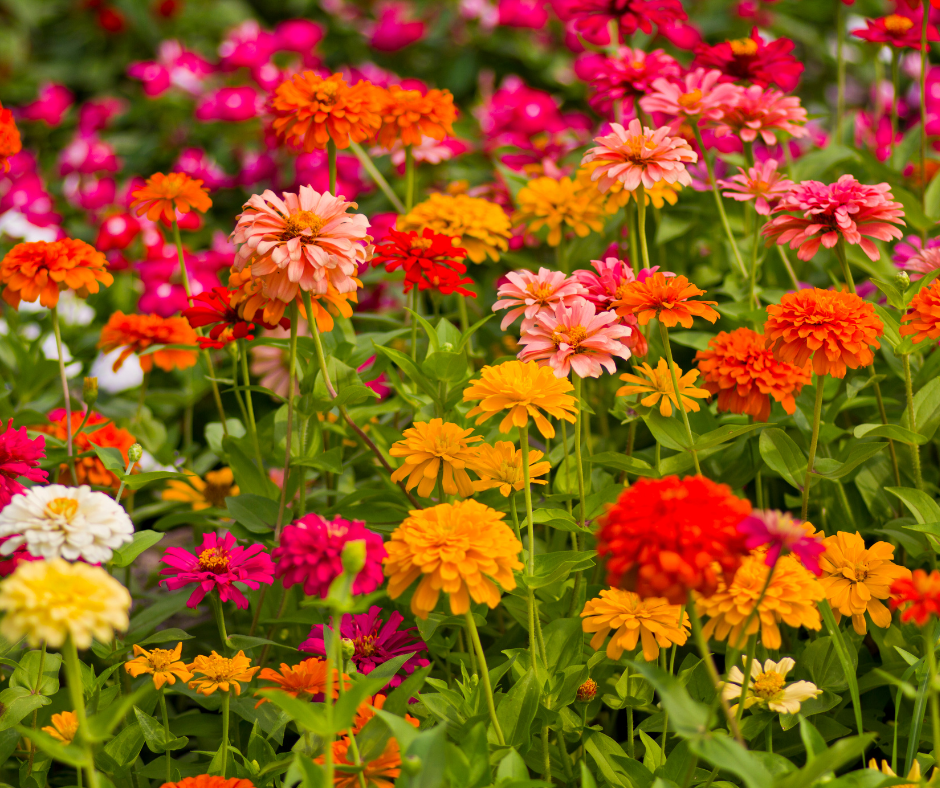

Zinnias are heat-tolerant flowers available in a variety of bright colors, including pink, red, orange, and purple. Plant zinnias in late spring when the soil is warm. They prefer full sun and well-drained soil. Water them at the base to avoid wetting the foliage, which can lead to fungal diseases. Zinnias pair well with other annuals like marigolds and cosmos. Avoid planting these double flowers with perennials that require more water and shade.
Globe Amaranth
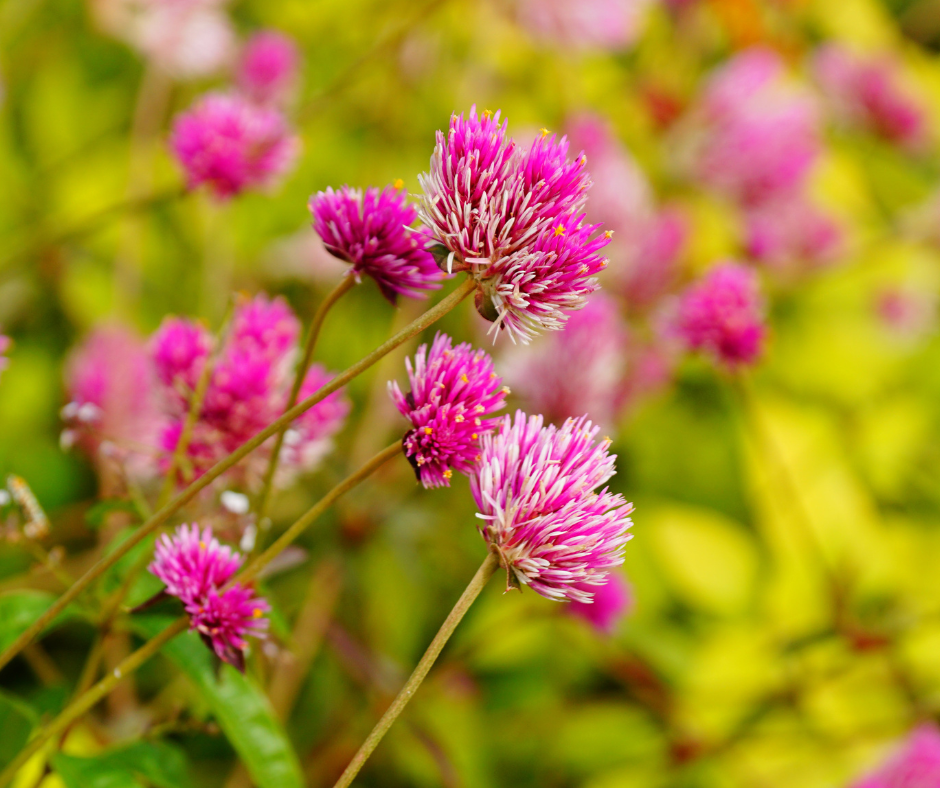

Globe amaranth, or Gomphrena, features clover-like flowers in shades of purple, pink, and white. Plant them in late spring after the danger of frost has passed. They thrive in full sun and well-drained soil. Globe amaranth is drought-tolerant and requires minimal watering once established. They make excellent companions for zinnias and marigolds. Avoid planting them with water-loving plants like impatiens.
Petunias
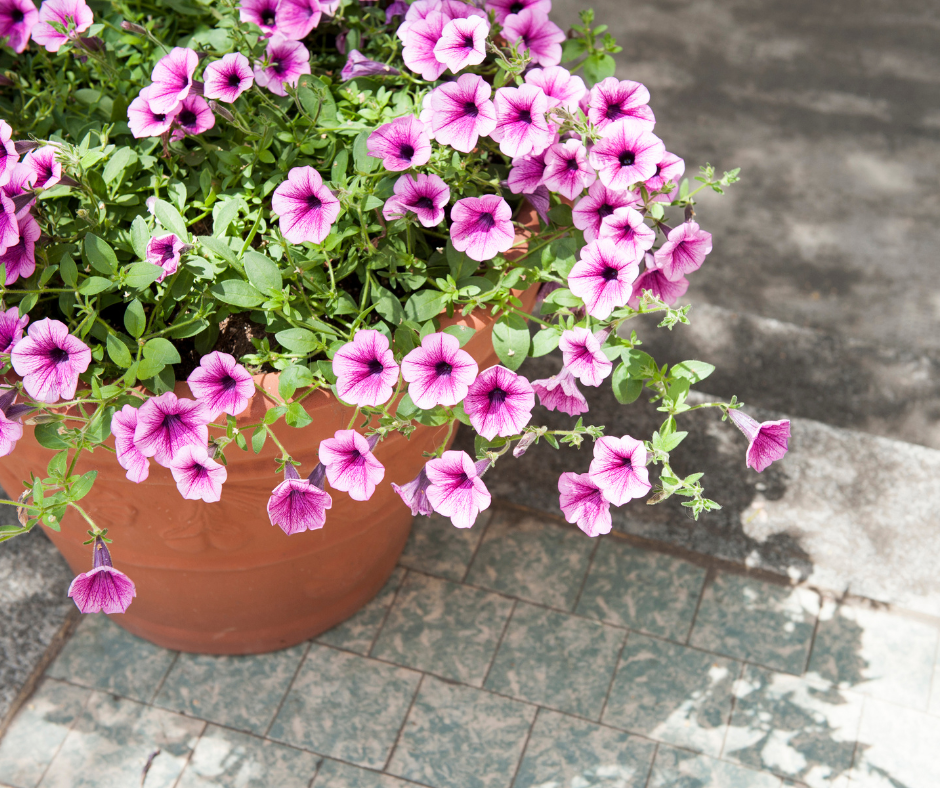

Petunias are hardy, trumpet-shaped flowers that come in a wide range of colors, including pink, purple, red, and white. They bloom profusely throughout the summer. Plant petunias in late spring to early summer in full sun and well-drained soil. Regular watering and deadheading will keep them blooming. Petunias pair well with other sun-loving annuals like marigolds and geraniums. Avoid planting them with shade-loving plants such as hostas.
Begonias
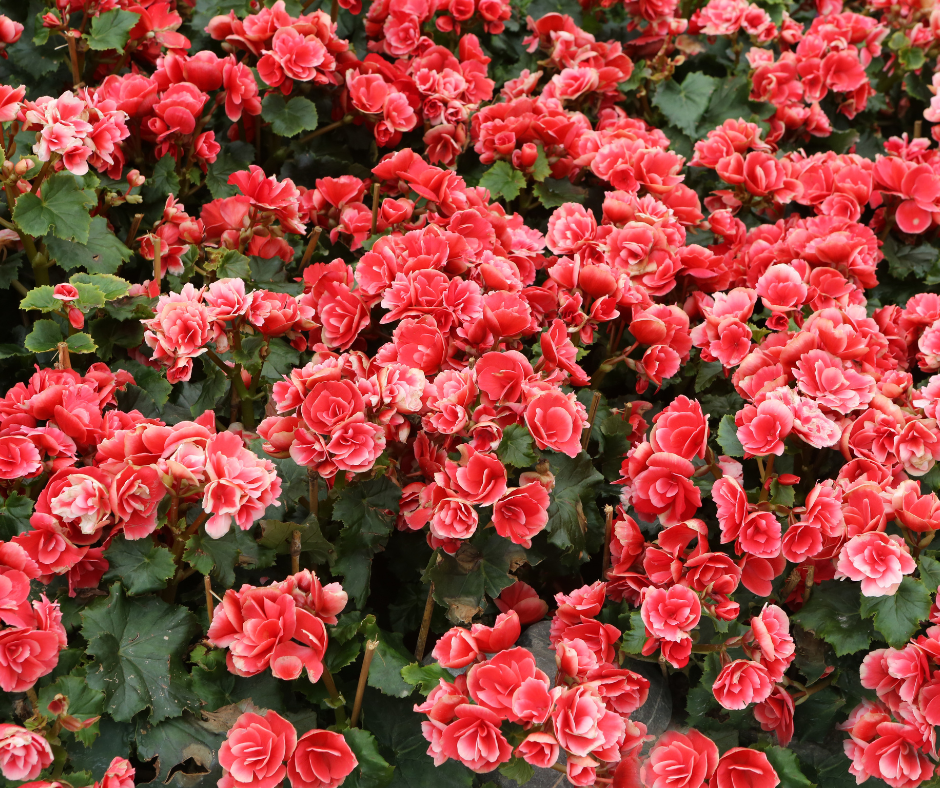

Begonias are versatile flowers that can thrive in both sun and shade, with blooms in shades of red, pink, white, and orange. Plant them in late spring after the threat of frost has passed. They prefer well-drained soil and regular watering. Begonias do well in containers and garden beds. They pair nicely with impatiens and coleus. Avoid planting them with drought-tolerant plants that prefer dry soil conditions.
Geraniums
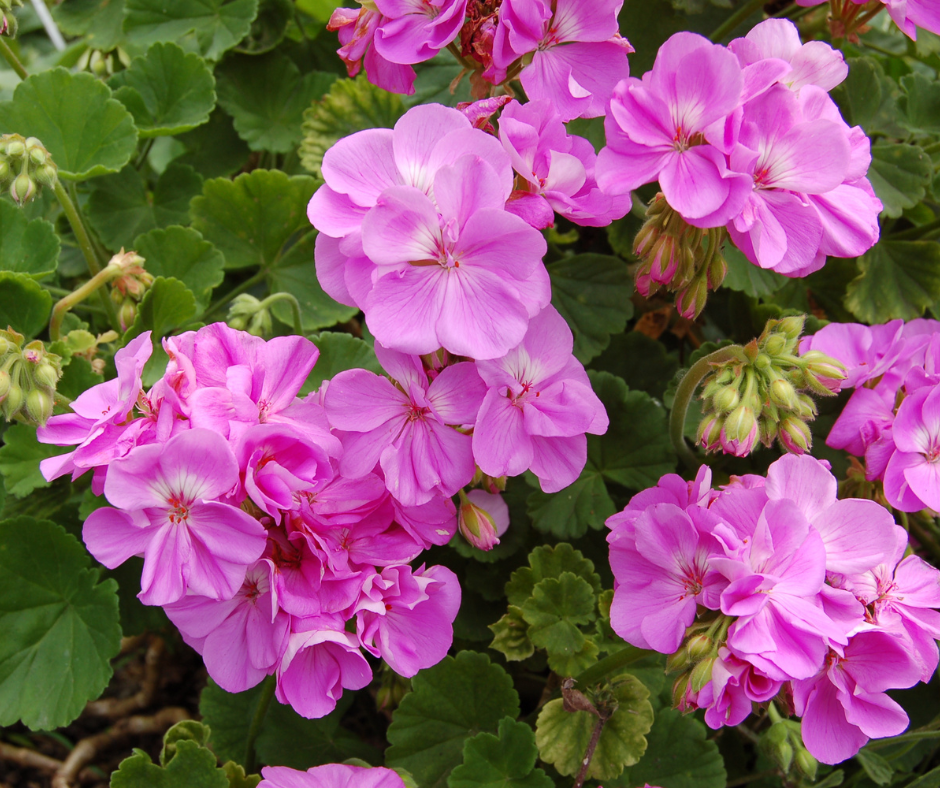

Geraniums are classic, heat-resistant flowers available in many colors, including red, pink, and white. Plant them in late spring after the last frost for a stunning summer garden. They thrive in full sun and well-drained soil. Regular watering and occasional fertilization will keep them blooming. Geraniums make excellent companions for petunias and marigolds. Avoid planting them with moisture-loving plants that require consistently wet soil.
Lantanas
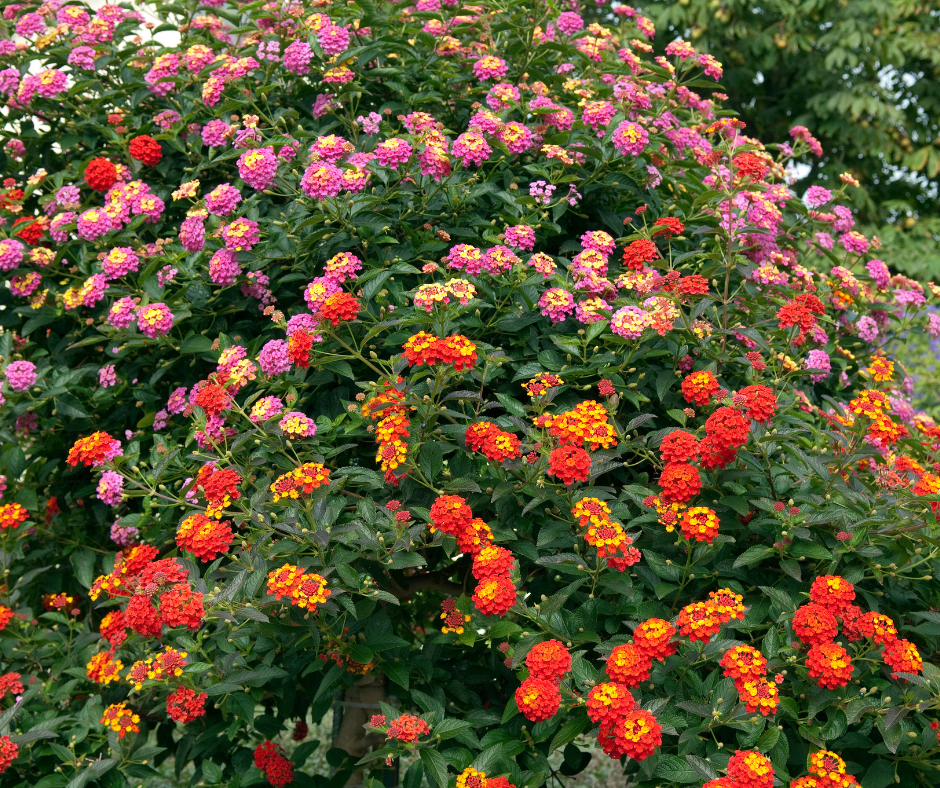

Lantanas are known for their clusters of tiny flowers that attract butterflies. They are drought-tolerant and ideal for hot climates. Plant lantana in late spring to early summer in full sun and well-drained soil. They require minimal watering once established. Lantanas pair well with other drought-tolerant plants like lavender and salvia. Avoid planting them with water-loving plants such as ferns.
Salvia
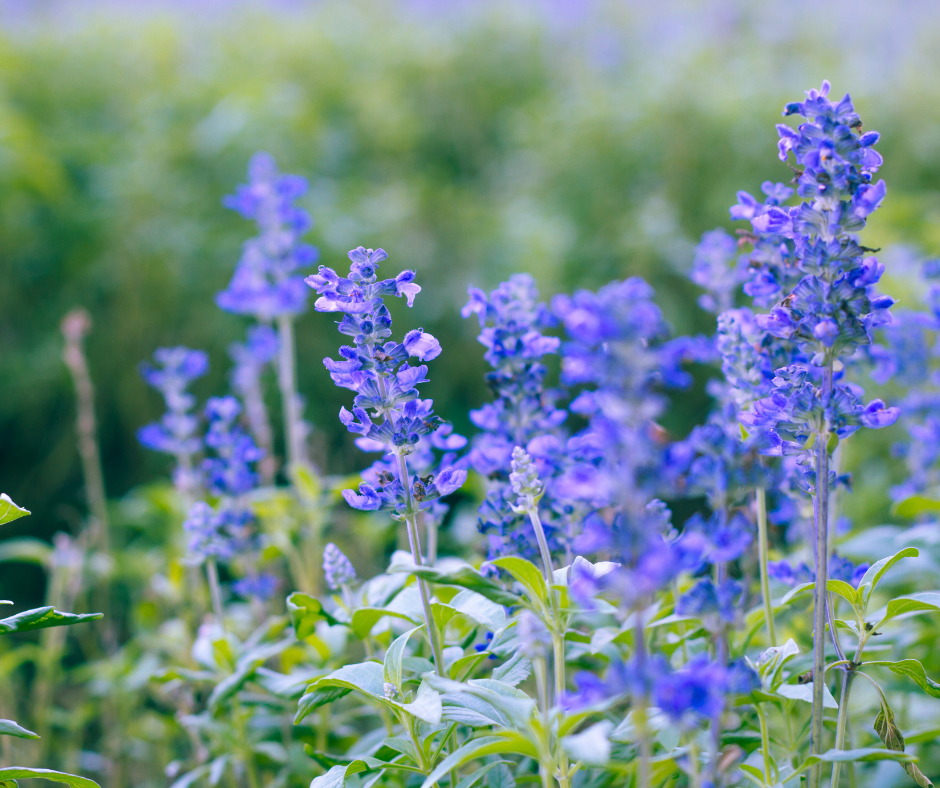

Salvia, with its spiky flowers in shades of blue, purple, red, and white, is excellent for attracting hummingbirds. Plant salvia in late spring after the last frost to enjoy its fragrant foliage through late summer and early fall. They thrive in full sun and well-drained soil. Water them regularly but allow the soil to dry out between waterings. Salvia pairs well with coneflowers and lavender. Avoid planting them with plants that prefer shade and more moisture.
Coneflowers (Echinacea)
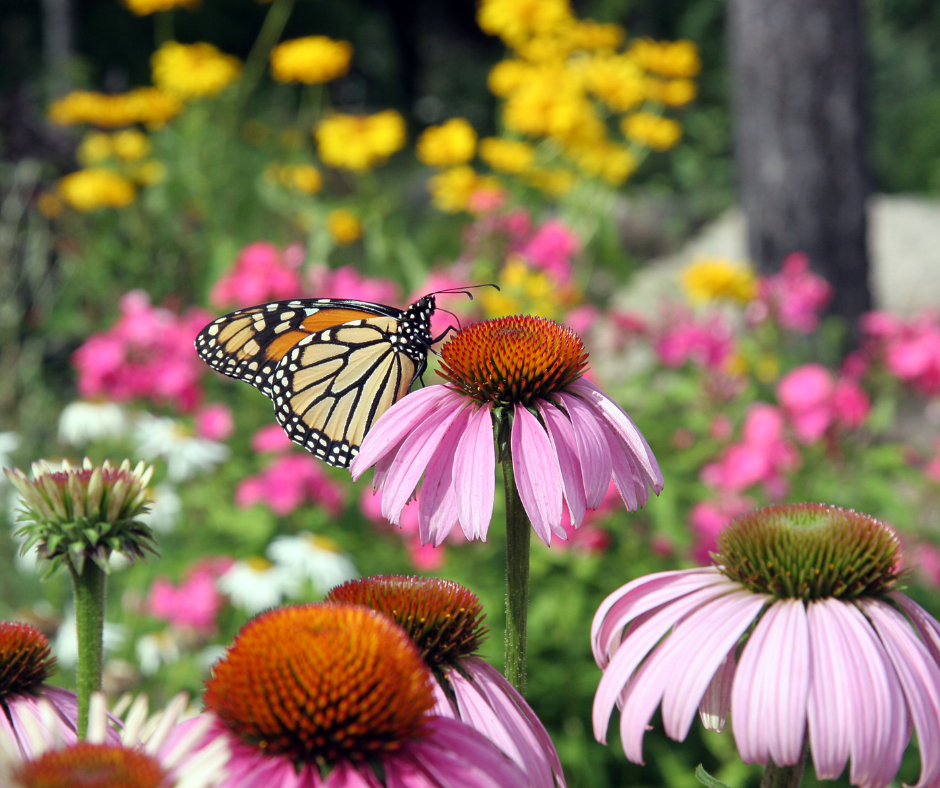

Coneflowers are hardy perennials with large, daisy-like flowers in shades of purple, pink, and white. Plant them in late spring to early summer in full sun and well-drained soil. They are drought-tolerant and require minimal watering once established. Coneflowers pair well with other perennials like black-eyed Susans and salvia. Avoid planting them with moisture-loving plants such as hostas.
Lavender
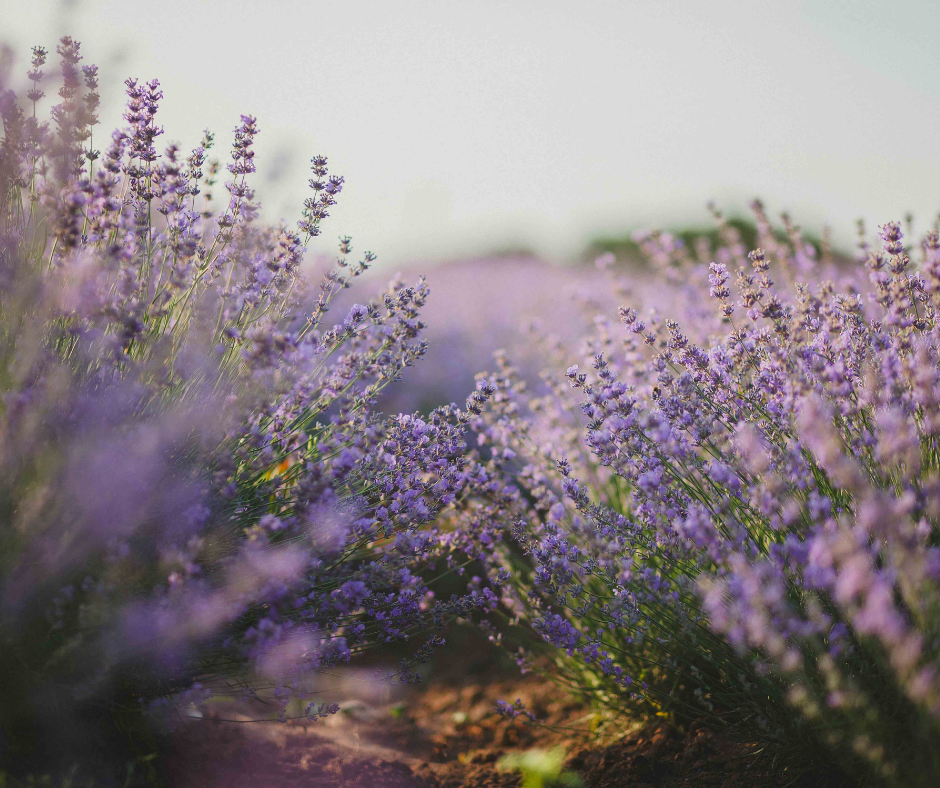

Lavender adds a lovely fragrance to the garden with its spikes of purple flowers. Plant lavender in late spring to early summer in full sun and well-drained soil. It is heat tolerant and requires minimal watering. Lavender pairs well with other Mediterranean plants like rosemary and thyme. Avoid planting lavender with moisture-loving plants that require consistently wet soil, such as impatiens.
Our Top Tips for Protecting Your Summer Flowers in Hot and Arid Climates
Choose Drought-Tolerant Plants


In hot and arid climates, selecting drought-tolerant plants is crucial for a thriving garden. Opt for varieties like succulents, lantanas, and coneflowers, which are adapted to dry conditions and require minimal watering. These plants have developed mechanisms to conserve water and can withstand prolonged periods of heat and dryness, making them ideal for such environments.
Fuel your creative fire & be a part of a supportive community that values how you love to live.
subscribe to our newsletter
Make Sure to Mulch
Mulching is an effective technique to help your garden retain moist soil and keep roots cool in hot climates. Apply a thick layer of organic mulch, such as wood chips, straw, or compost, around your plants. This layer acts as a barrier, reducing evaporation, suppressing weeds, and moderating soil temperature. Mulching also improves soil structure over time as it decomposes, enhancing water retention and nutrient availability.
Study Up on Watering Techniques


Efficient watering is key to sustaining plants in arid conditions. Water deeply and infrequently to encourage roots to grow deeper into the soil, where moisture levels are more stable. Drip irrigation or soaker hoses are ideal as they deliver water directly to the plant roots, minimizing evaporation and ensuring that the moisture reaches where it’s needed most. This method conserves water and reduces the frequency of watering needed.
Provide Partial Shade
Providing partial shade during the hottest parts of the day can protect your plants from intense sunlight and reduce water loss. Use shade cloths, plant flowers near taller plants, or position them next to structures that can cast shadows. This strategy helps in preventing sunburn and stress, allowing plants to conserve water and energy during peak heat.
Properly Prep Your Soil
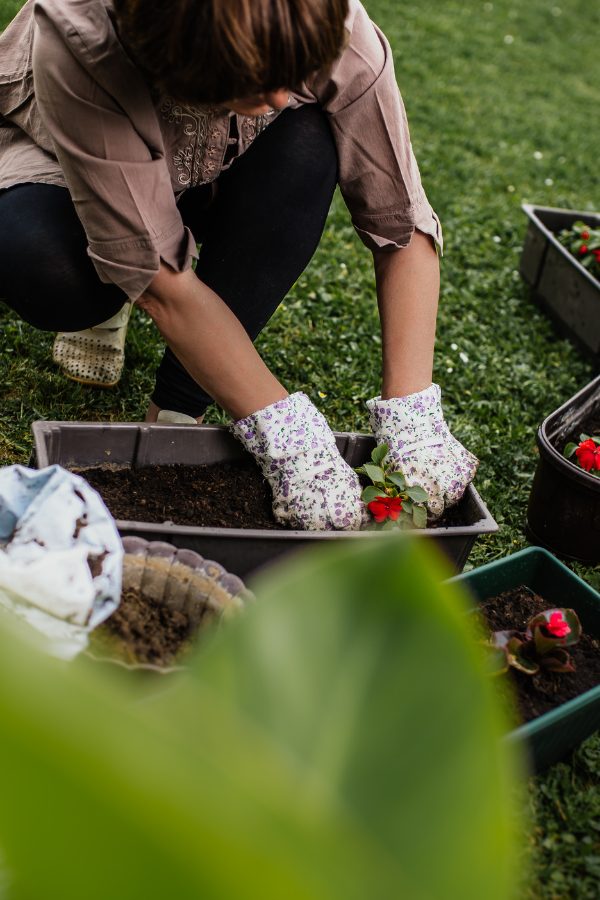

Improving soil quality is essential for water retention in arid climates. Add organic matter, like compost or well-rotted manure, to your soil to enhance its structure. Organic matter increases the soil’s ability to hold water and nutrients, providing a more stable environment for plant roots. Well-prepared soil reduces the frequency of watering and supports healthier, more resilient plants.
Our Top Tips for Protecting Your Summer Flowers in Humid Climates Prone to Bugs
Select Pest-Resistant Varieties
Selecting pest-resistant plant varieties is an effective way to manage pest problems in humid climates. Flowers such as marigolds are known for their ability to repel pests naturally, making them a great choice. These plants produce chemicals that deter insects, reducing the need for chemical interventions and helping maintain a healthier garden ecosystem.
Pay Attention to Proper Spacing
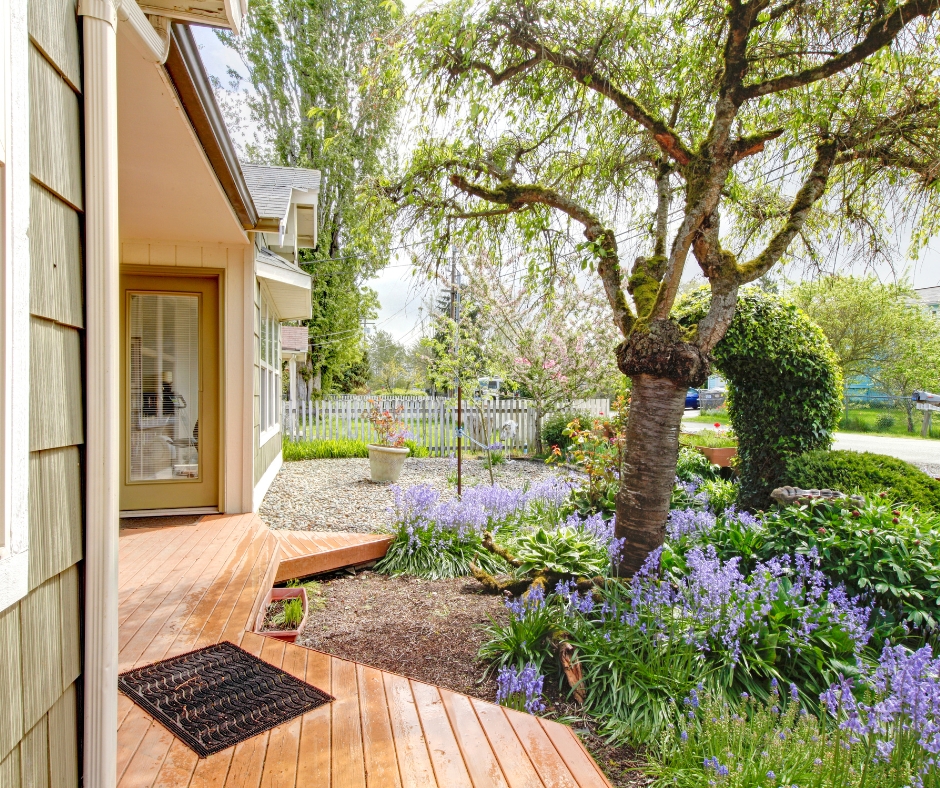

Adequate spacing between plants is crucial in humid climates to ensure good air circulation. Proper air flow helps to prevent fungal diseases and reduces the habitat for pests. When planting, follow the recommended spacing guidelines for each species. This practice not only keeps plants healthier but also makes it easier to spot and manage any pest issues that do arise.
Regularly Monitor Your Garden Beds
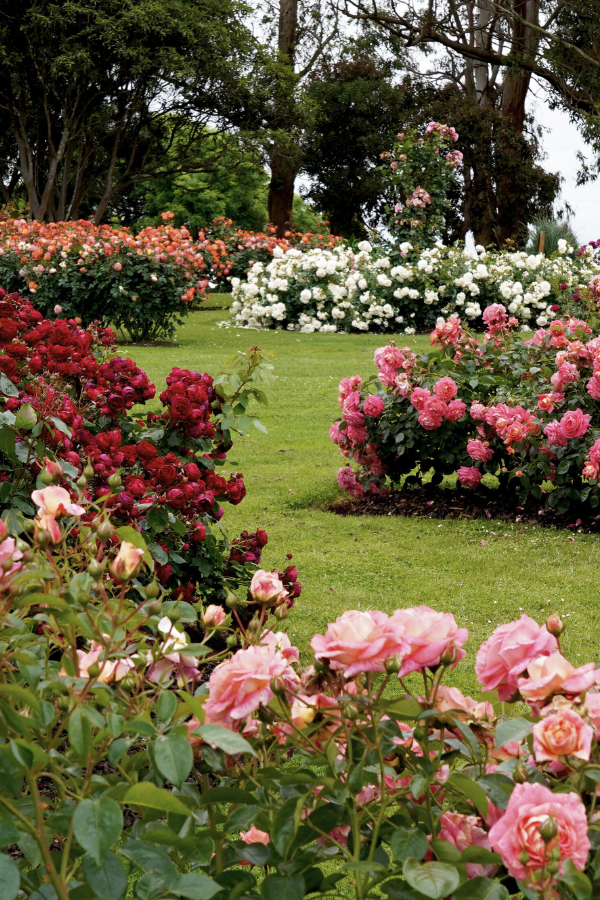

Frequent monitoring of your garden is essential for early detection and control of pests and diseases. Inspect your plants regularly for any signs of trouble, such as chewed leaves, discolored foliage, or unusual spots. Early intervention can prevent minor issues from becoming major infestations. Use organic or chemical pest control methods as needed to keep your garden healthy.
Make Way for Beneficial Insects
Encouraging beneficial insects in your garden can provide a natural method of pest control. Ladybugs, lacewings, and predatory wasps are examples of beneficial insects that prey on common garden pests. Planting flowers that attract these insects, such as dill, fennel, and yarrow, can help maintain a balanced ecosystem where beneficial insects help manage pest populations.
Invest in Neem Oil or Insecticidal Soap
Using natural pest control products like neem oil or insecticidal soap can effectively manage pests without harming beneficial insects. These products are safe for the environment and can be used to treat plants showing signs of pest infestation. Apply them according to the manufacturer’s instructions, focusing on areas where pests are most active. This method helps control pests while maintaining a healthy garden ecosystem.
Water Appropriately
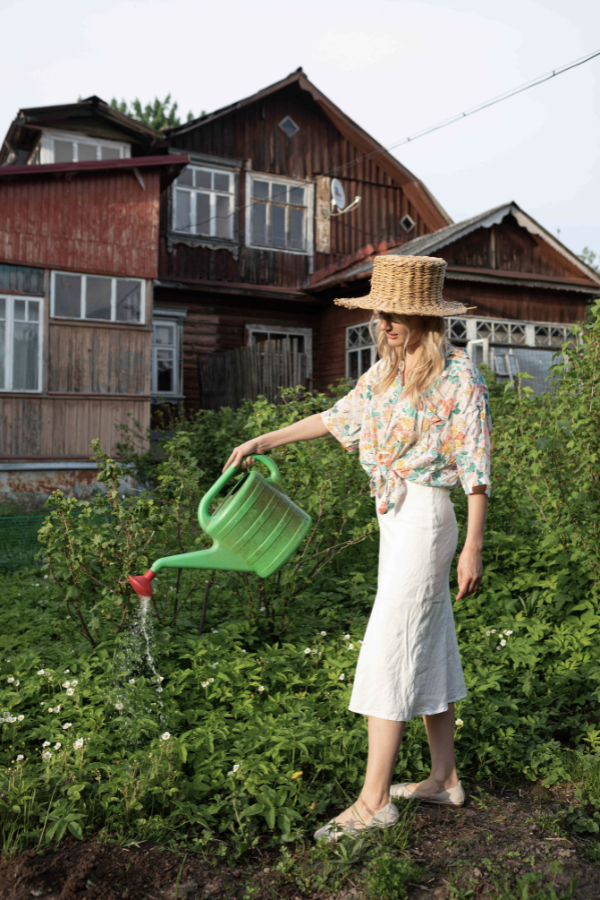

In humid climates, it’s important to water plants at the base to avoid wetting the foliage. Wet leaves can lead to fungal diseases, which thrive in moist conditions. Watering in the morning allows the foliage to dry throughout the day, reducing the risk of disease. This practice helps keep your plants healthy and minimizes the conditions that attract pests.
Observe Clean Garden Practices
Maintaining a clean garden by removing debris and dead plant material can prevent pests and diseases. Old leaves, fallen flowers, and other garden waste can harbor pests and provide breeding grounds for diseases. Regularly clean up your garden to reduce these risks. Composting garden waste can also provide valuable organic material for your soil, further enhancing plant health.
Final Thoughts on Summer Flowers
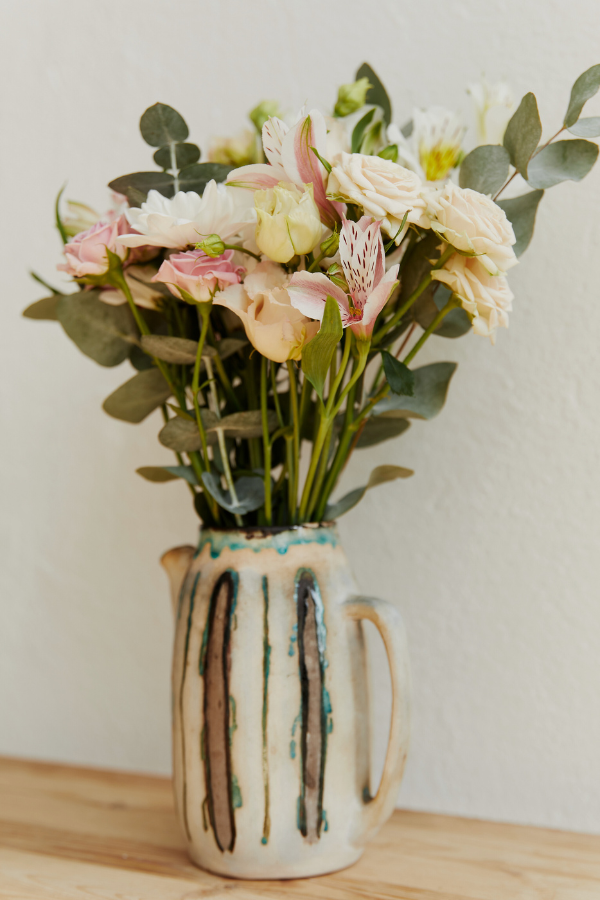

Embracing the summer season with a garden full of vibrant blooms is a rewarding experience that brings beauty and joy to your outdoor space. With the right selection of flowers and proper care, your garden can flourish even in the hottest months.
Remember, gardening is not just about the end result but also about the journey and the pleasure of nurturing your plants. So, dig in, get your hands dirty, and enjoy the process of creating a beautifully blooming garden. With a little effort and the right choices, your summer garden will be a source of pride and happiness all season long. Happy planting!
(Need some more help? Check out these gardening podcasts!)








